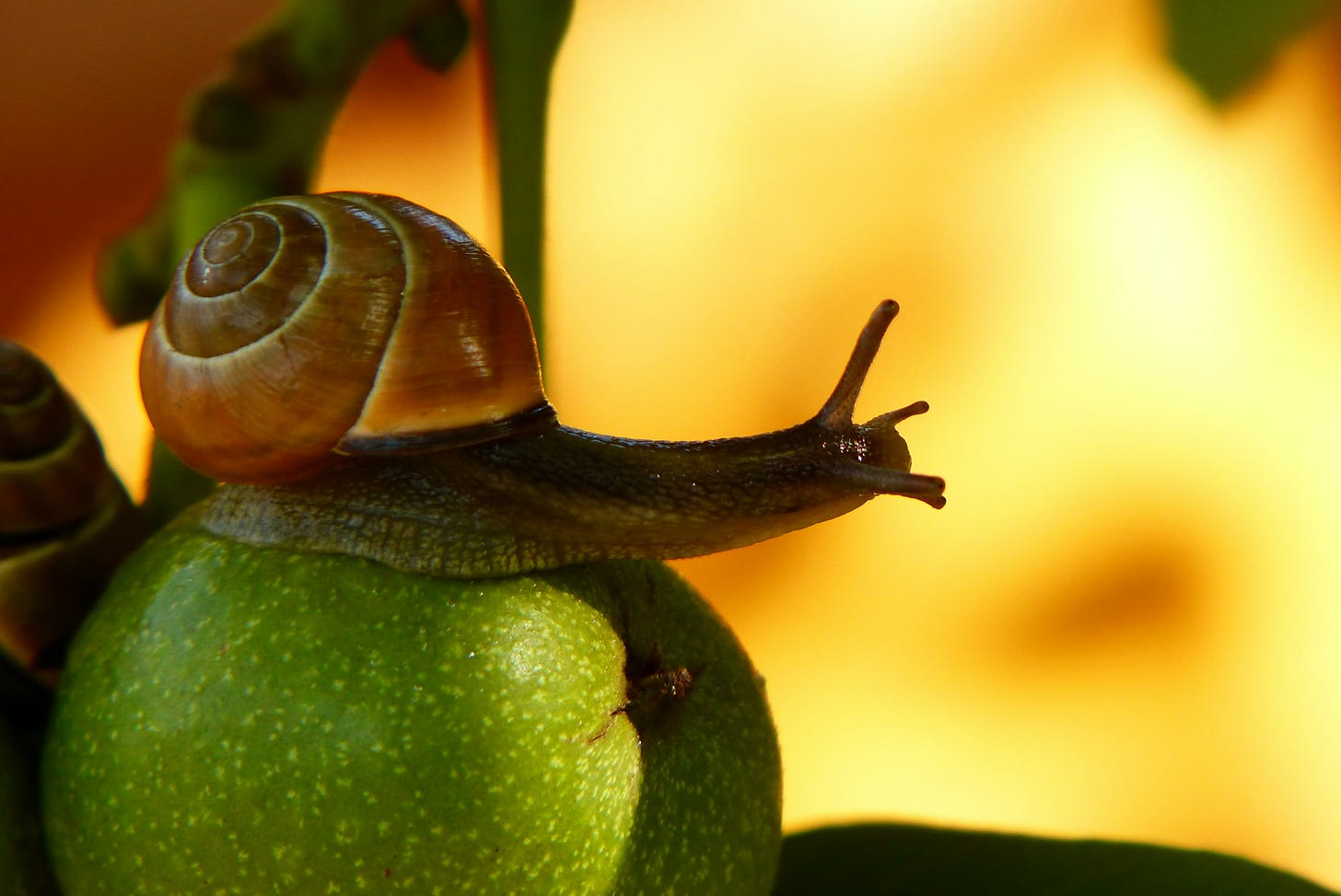
Summary
In this post, I describe a neuron, the type of brain cell that stores and transmits information in the brain. Then, I describe the basic features of two theories of memory and what critics say about them.
The Neuron
A neuron has a central body. It contains the same parts as any human cell. Each neuron also has tentacles with many branches emanating from the cell body. It uses these tentacles to connect to nearby neurons. There are two kinds of tentacles. One kind receives information, and the second transmits information to nearby neurons. The location where a tentacle in one neuron connects to another neuron is called a synapse. A neuron can connect to thousands of other neurons through its synapses.
Memory Theories
There are a couple of memory theories currently being studied. Both propose physical changes inside a neuron when a memory forms — a fundamental requirement of any theory. (See my post, The Essence of Memory.)
One theory proposes that the change occurs at the synapse, where neurons connect. Memory is recorded by changing how easily signals move across the synapse. This is the synaptic theory of memory.
The other proposes that the change occurs in the body of the neuron. It is called the intra-cellular theory, where intra refers to inside the main body. It suggests that molecules of DNA, or other heredity molecules, are modified to record a memory. There has been less work on this idea compared to the former. Some have proposed a hybrid of these theories.
In either theory, when we talk about our favorite memories, such as a family gathering, the memory involves many neurons and many connections. While we do know how to make an image from a computer’s memory, nobody understands how information stored in neurons is put together into a conscious human memory.
Squirrels and Snails
Much of what is known about memory results from studies of small mammals like mice, and mollusks such as snails. Knowledge of human memory, because of ethical constraints against manipulating live human brains, relies on accidents and disease, human cells in test tubes, and clinical trials of medicines.
Scientists used the Aplysia snail, whose neurons are large and few in number, making it easy to study. Manipulating these neurons at synapses results in changes in snail learning and behavior that require memory. Eric Kandel won a Nobel Prize in 2000 for his work on the synaptic theory studying Aplysia. His Nobel Lecture provides a detailed description of his and others’ discoveries, especially those of Donald Hebb, who originated the idea in 1949.
Criticisms
Critics are concerned that these theories cannot account for certain phenomena in humans and animals.
They worry that synaptic connections are too unstable to account for memories that last a lifetime. They point out that hibernating animals, for example squirrels, lose many connections while asleep, but memories from before hibernation survive. Perhaps there is a reconstruction mechanism, similar to a person’s ability to recognize someone in a water-damaged photo.
Human amnesia patients recover “forgotten” memories. This suggests that the retrieval mechanism was damaged but then healed.
Worms, called planarians, have the ability to regrow their heads and brains. Some researchers have reported that when you remove the head and allow it to regrow, learned behaviors, requiring memory, survive the decapitation. This suggests that memory is not restricted to the brain, at least not for worms. Nevertheless, the observation remains controversial.
Next Post
I will provide more details on these theories to lay the groundwork for examining ideas about what goes wrong in Alzheimer’s disease and other dementias.

